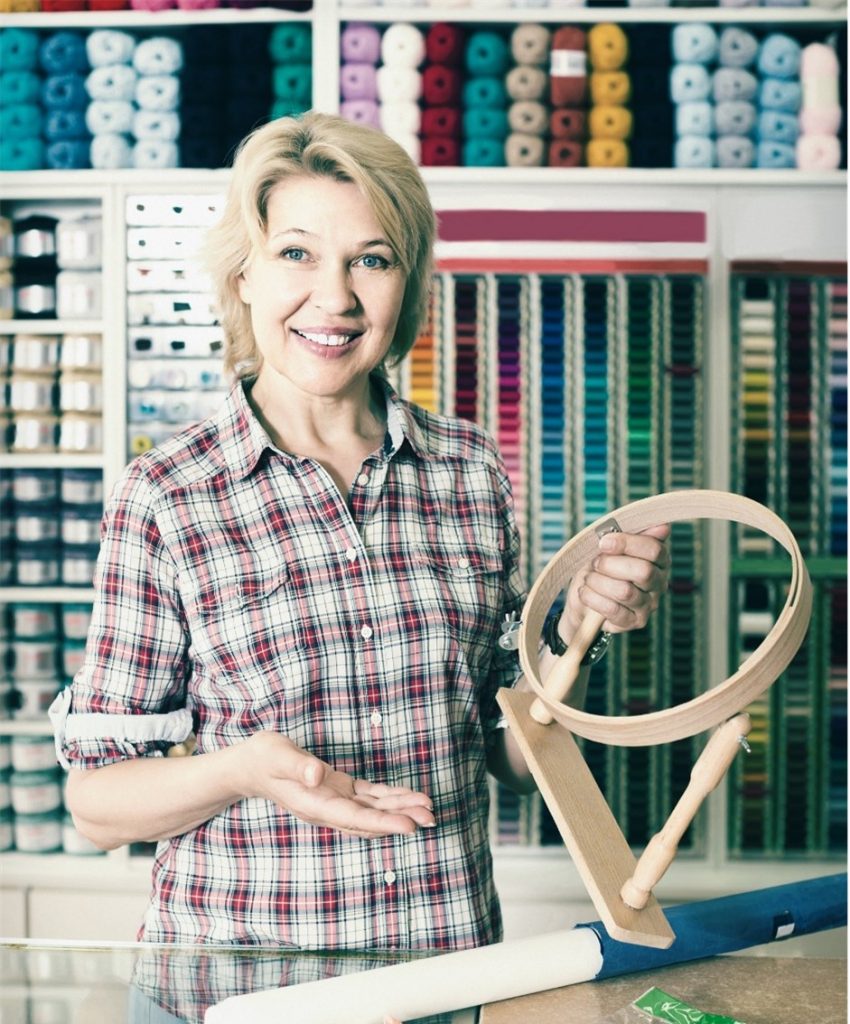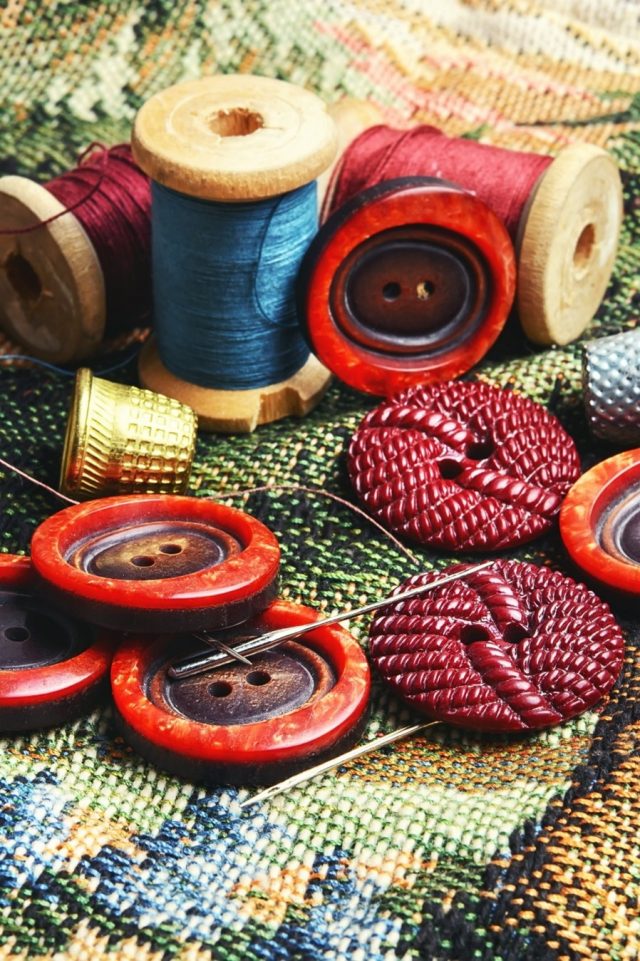Ana L. Avendano works as an attorney in the Washington, D.C. area, and in her spare time, enjoys stress-busting hobbies like quilting and embroidery. In the following article, Ana explains how someone can get started in the craft.
It’s a skill that dates back over 30,000 years, but there’s a reason embroidery is still going strong.
Embroidery takes minutes to pick up and start, but a lifetime to hone and perfect. It’s relaxing, creative, inexpensive, and has a host of fans all over the world who love to share tips and patterns with each other. It doesn’t take a great deal to get going but is limitless in its potential!
There’s No Need to Spend a Fortune
Ana L. Avendano explains that embroidery is a huge business, and for those who love collecting, it’s very easy to spend hundreds of dollars on the hobby. But for those just getting started, the basics are simple to source and costs about as much as a cup of coffee.
Ana L. Avendano explains what’s needed to get started:
- Fabric on which to embroider – it doesn’t have to be anything special; even an old cotton t-shirt will do to practice on, but ideally the fabric should be cotton or linen explains Ana L. Avendano. Aida cloth is not for embroidery, but rather for cross-stitch, so be mindful of this when searching for fabric.
- An Embroidery Hoop – Hoops keep the fabric stable, and the stitches at an even tension. Hoops are easy to find, cost next to nothing, and ask around to some friends, they may have or know someone with a hoop lying around. The great thing about hoops is that they can be used to frame the completed projects, too.
- Floss – Similar to dental floss (and not to be confused with it), embroidery floss is a thin, floss-like thread. Ana L. Avendano says that the colors range the whole spectrum of the rainbow. Floss is easily found, but die-hard embroiderers will advise against being frugal. Cheap threads break easily. (Maybe something to consider with a little more experience).
- Needles – Specifically, sizes 7 and 9 work best. But it depends on the fabric and floss being used. It’s best to buy an entire set of different sizes for several dollars and experiment with the best ones for the purpose.
Ana Avendano, attorney says that there are other materials that will help make the hobby easier, such as embroidery scissors, fabric scissors or pinking shears to seal around the edges of the fabric and prevent fraying, but these aren’t necessary to get started. Nail scissors can snip thread until the time comes to buy embroidery scissors.
 And Now: To Stitching!
And Now: To Stitching!
Ana Avendano, attorney says that once the fabric is in the hoop and the needle’s been threaded, it’s time to start stitching. Following pre-set patterns can be very helpful for beginners, but it’s also easy to lightly trace a pattern onto the fabric and stitch over it.
There are a variety of stitches to use, and it depends on the texture, thickness, and desired effect of the completed project. This guide to stitches at Gathered.how is a great resource for new embroiders to tackle every stitch they could think of, from the simple back stitch, to bullion knots, and beyond explains Ana Avendano attorney.
Machine Stitching
While hand embroidery is a relaxing, slow-going process, machine embroidery is much faster and can get the job completed in a fraction of the time. For some avid embroideries in the industry, it’s considered cheating explains Ana L. Avendano. For others, it’s the only way to get the designs they desire on their textile projects.
There are real benefits to using a machine: Speed, time, users are less prone to make mistakes, and there will be a more uniform style across several different pieces using the same design. For those looking to carve out their own space in the industry, investing in an embroidery machine is a sound investment choice.
However, Ana L. Avendano explains that machines can be costly to buy, complicated to set up, and require professional intervention when they break or need replacement parts. For those with little to no experience in the embroidery field, hand embroidery is usually the preference.
Don’t be Intimidated by Social Media Embroiderers
There are those who have made embroidery not just their favorite hobby but their entire industry. These people have dedicated years to the craft and with some social media savvy have also managed to generate followings and even revenue from their projects.
Ana L. Avendano explains that there’s no need to be intimidated by these professionals: embroidery isn’t a race, or a contest of any kind. It’s a enjoyable hobby that can be deeply stimulating and rewarding.
Viewing embroidery as a hobby that results in beautiful creations that can be gifted to friends and family or hung up on the walls of the home should mean that it brings with it a real sense of fulfillment. Millions of embroiders over the past 30,000 years are testament to this timeless hobby.






